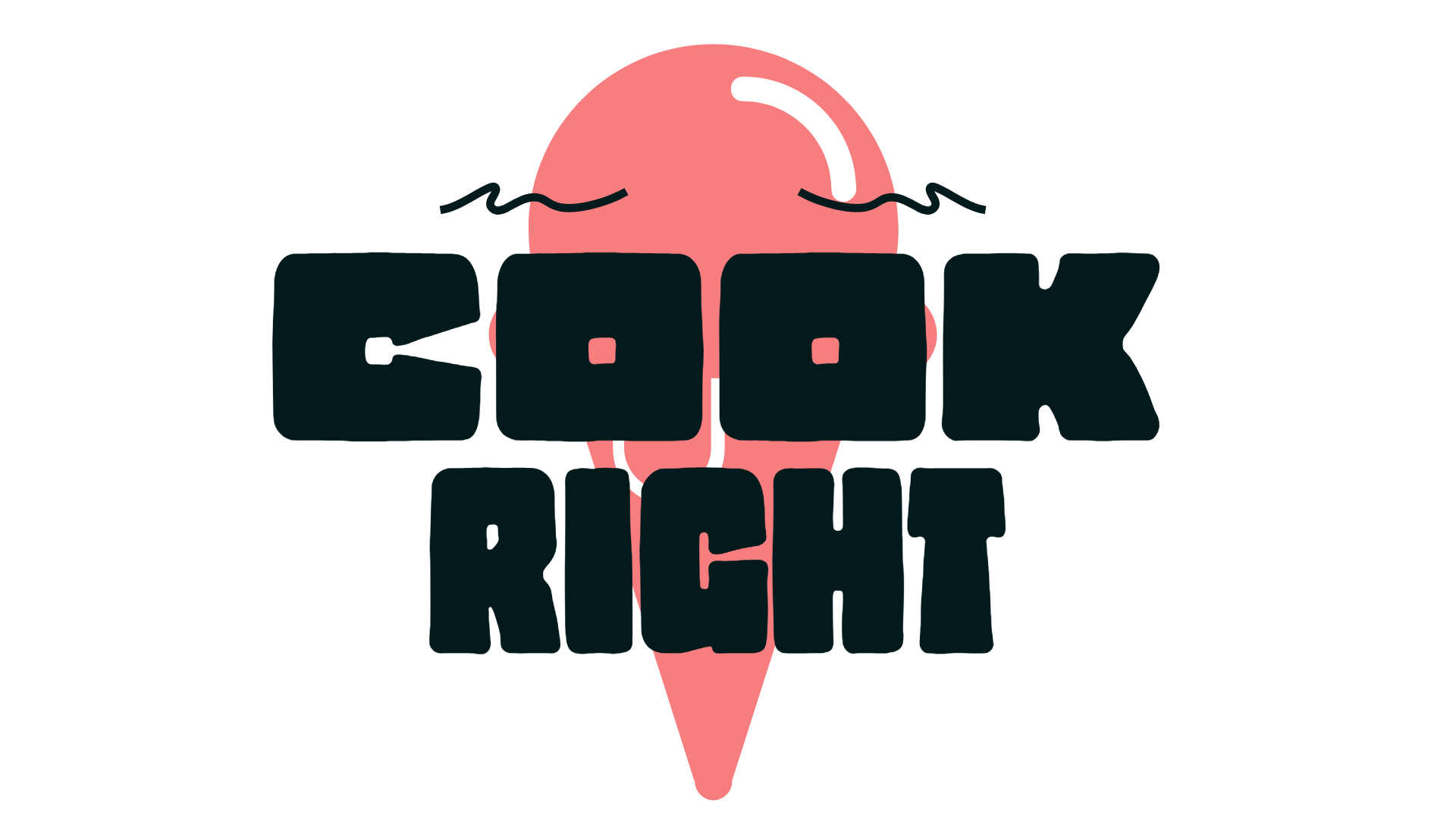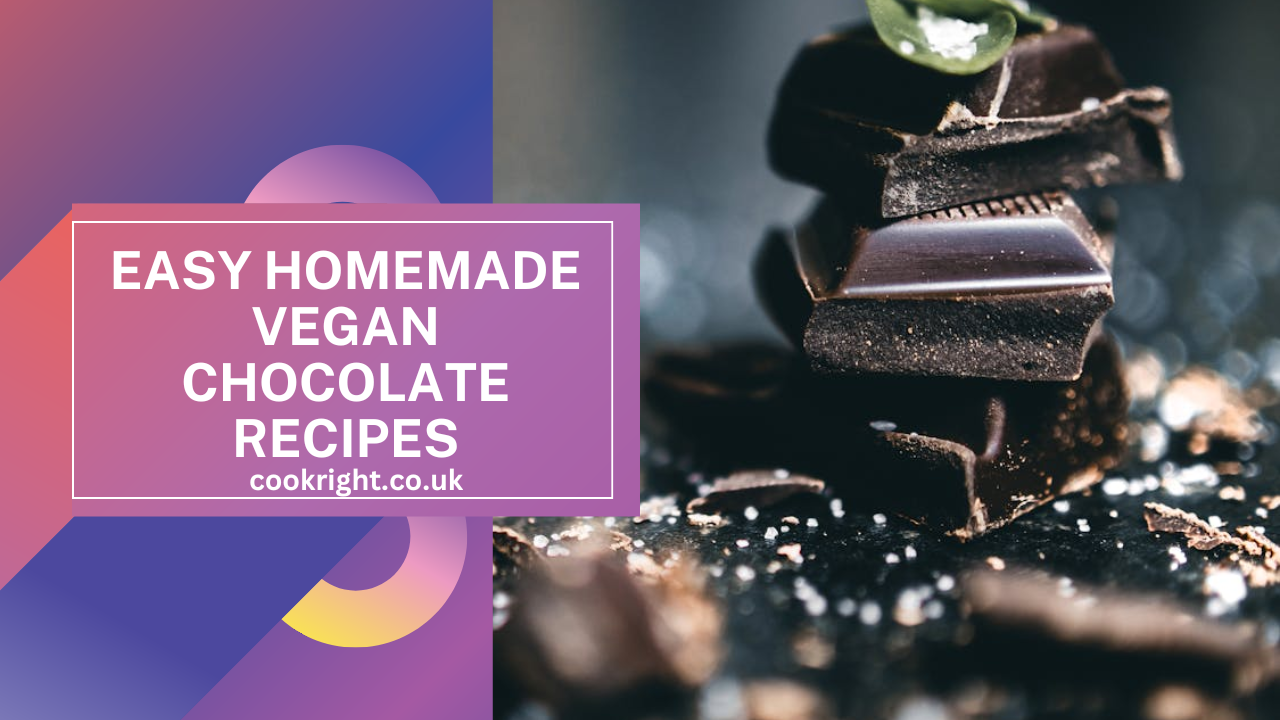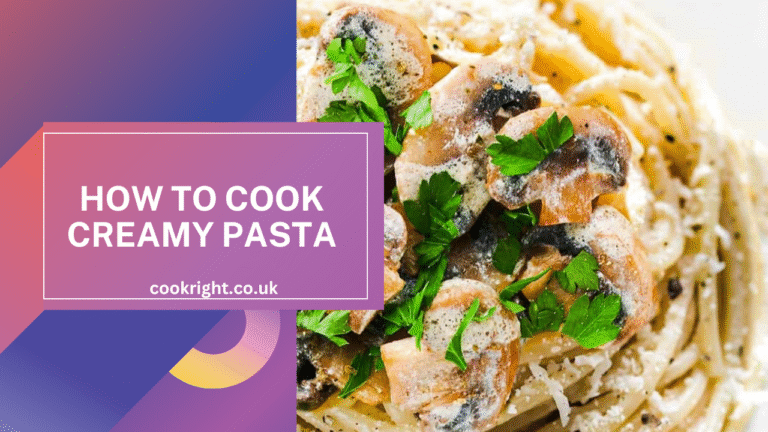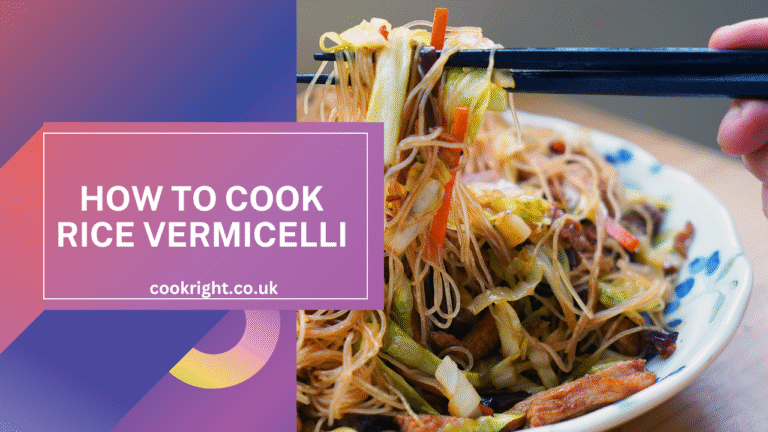Chocolate, a beloved treat cherished across the globe, has undergone a delightful transformation in recent years. As more people embrace plant-based lifestyles, the demand for vegan chocolate has soared, leading to a delectable array of dairy-free, cruelty-free confections. But what exactly is vegan chocolate, and how can you make it at home.
In this blog post, we will delve into the rich, indulgent world of vegan chocolate, uncovering its benefits, exploring key ingredients, and sharing a simple yet delicious recipe to satisfy your sweet tooth.
Whether you’re a seasoned vegan, curious about plant-based desserts, or simply a chocolate lover looking for a healthier alternative, join us on this journey to discover the magic of homemade vegan chocolate.
Benefits of Vegan Chocolate
- Healthier Alternative: Vegan chocolate is often made without dairy, making it a suitable option for those who are lactose intolerant or have dairy allergies. It tends to be lower in fat and calories compared to traditional milk chocolate. Additionally, many vegan chocolate brands use natural sweeteners like coconut sugar or agave syrup, which can be less processed and have a lower glycemic index than refined sugars, contributing to more stable blood sugar levels.
- Rich in Antioxidants: High-quality vegan chocolate, especially dark chocolate, is packed with antioxidants, particularly flavonoids. These compounds help to reduce inflammation, improve heart health, and lower blood pressure. Antioxidants also combat free radicals in the body, which can reduce the risk of chronic diseases and promote better skin health.
- Ethical Production: Opting for vegan chocolate supports a more ethical and humane approach to food production. Traditional chocolate often involves dairy farming, which can have animal welfare concerns. Vegan chocolate eliminates the need for animal products, aligning with a compassionate lifestyle that avoids animal exploitation.
- Environmental Sustainability: The production of vegan chocolate generally has a smaller environmental footprint compared to dairy-based chocolate. The dairy industry is a significant contributor to greenhouse gas emissions, deforestation, and water use. By choosing vegan chocolate, consumers can reduce their impact on the environment and support more sustainable agricultural practices.
- Innovative Flavors and Textures: Contrary to the belief that vegan chocolate might lack the creamy texture and rich flavor of traditional chocolate, many vegan chocolate brands use high-quality ingredients like cocoa butter, coconut milk, and nuts to create luxurious and satisfying products. Artisanal vegan chocolates often experiment with unique and delicious flavor combinations, offering a variety of exciting and indulgent options for chocolate lovers.
Key Ingredients for Vegan Chocolate
- Cocoa Butter: Cocoa butter, derived from cocoa beans, is essential for its smooth, creamy texture. It provides the rich, velvety mouthfeel that characterizes high-quality chocolate and is crucial in the tempering process, helping the chocolate to solidify correctly and achieve a glossy finish.
- Cocoa Powder: Cocoa powder is the primary source of chocolate’s flavor. Made from ground cocoa beans with the cocoa butter removed, it provides a rich, intense chocolate taste. High-quality, unsweetened cocoa powder ensures a deep, robust flavor, essential for creating delicious vegan chocolate.
- Natural Sweeteners: Natural sweeteners like coconut sugar, agave syrup, or maple syrup are used to avoid refined sugars. These sweeteners add unique flavors—coconut sugar offers a slight caramel note, while agave syrup is milder—enhancing the overall taste of the chocolate while keeping it healthier.
- Plant-Based Milks: Plant-based milks such as almond, coconut, oat, or soy milk add a creamy texture akin to milk chocolate. They blend well with other ingredients, providing a smooth, rich consistency. Each type of milk can introduce subtle flavors, like the tropical hint from coconut milk or the neutral taste of almond milk.
- Flavor Enhancers and Add-Ins: Flavor enhancers like vanilla extract and sea salt, along with add-ins like nuts, dried fruits, and spices, elevate the taste and add variety. Vanilla deepens the chocolate’s flavor, sea salt balances sweetness, and nuts and fruits add texture and additional flavors, creating unique and exciting chocolate variations.
Tools and Equipment
- Double boiler or heatproof bowl and saucepan
- Mixing bowls
- Whisk or spoon for stirring
- Silicone spatula
- Chocolate molds or a lined baking sheet
- Thermometer (for tempering)
- Measuring cups and spoons
- Food processor or blender (if making nut-based variations)
- Kitchen scale (for precise measurements)
- Storage containers (for storing finished chocolate)
Ingredients:
- 1 cup cocoa butter
- 1 cup cocoa powder
- 1/2 cup coconut sugar (or your preferred natural sweetener)
- 1/2 cup plant-based milk (e.g., almond, coconut, oat)
- 1 tsp vanilla extract
- Pinch of sea salt
- Optional add-ins: nuts, dried fruits, or spices (e.g., cinnamon, chili powder)
Step-by-Step Recipe for Homemade Vegan Chocolate
- Prepare the Double Boiler:
– Fill a saucepan with a few inches of water and place a heatproof bowl on top, ensuring the bottom of the bowl does not touch the water.
– Bring the water to a gentle simmer. - Melt the Cocoa Butter:
– Add the cocoa butter to the heatproof bowl.
– Stir occasionally until fully melted. - Combine Cocoa Powder and Sweetener:
– Once the cocoa butter is melted, whisk in the cocoa powder until smooth.
– Gradually add the coconut sugar, stirring continuously until it dissolves completely. - Add Plant-Based Milk and Vanilla:
– Slowly pour in the plant-based milk, whisking constantly to maintain a smooth mixture.
– Add the vanilla extract and a pinch of sea salt, stirring to combine. - Incorporate Add-Ins (Optional):
– If desired, mix in nuts, dried fruits, or spices to add texture and flavor variations to your chocolate. - Temper the Chocolate (Optional but Recommended):
– Use a thermometer to monitor the chocolate’s temperature, aiming for about 115°F (46°C) for dark chocolate.
– Remove the bowl from heat and let it cool to around 82°F (28°C).
– Place the bowl back over the simmering water briefly to bring the temperature up to 88-90°F (31-32°C). - Pour into Molds:
– Pour the chocolate mixture into molds or spread it evenly on a lined baking sheet for a bark-style chocolate.
– Tap the molds gently to remove any air bubbles. - Set the Chocolate:
– Allow the chocolate to set at room temperature until firm.
– Alternatively, place it in the refrigerator for faster setting. - Remove from Molds and Store:
– Once fully set, remove the chocolate from the molds.
– Store the chocolate in an airtight container in a cool, dry place. - Enjoy:
– Your homemade vegan chocolate is ready to enjoy! Share it with friends and family or keep it all to yourself for a delightful treat.
Troubleshooting and Tips
Troubleshooting:
- Grainy Texture:
– Cause: The sweetener didn’t dissolve completely.
– Solution: Use a finely ground sweetener like powdered coconut sugar or dissolve the sweetener in a small amount of heated plant-based milk before adding it to the mixture. - Chocolate Not Setting Properly:
– Cause: Incorrect tempering or too much liquid.
– Solution: Ensure proper tempering by closely monitoring the temperature. Reduce the amount of plant-based milk if the mixture is too runny. - Blooming (White Streaks or Spots):
– Cause: Temperature fluctuations or improper tempering.
– Solution: Temper the chocolate correctly and store it in a cool, stable environment. Avoid refrigerating unless necessary. - Separation of Ingredients:
– Cause: Overheating or adding cold ingredients to the melted cocoa butter.
– Solution: Melt cocoa butter gently over low heat and ensure all ingredients are at room temperature before mixing. - Chocolate Too Soft:
– Cause: Too much plant-based milk or not enough cocoa butter.
– Solution: Adjust the ratios, using less plant-based milk or adding more cocoa butter for a firmer texture.
Tips:
- Use High-Quality Ingredients: Opt for organic, fair-trade cocoa butter and cocoa powder for the best flavor and ethical sourcing.
- Accurate Measurements: – Use a kitchen scale for precise measurements, especially for cocoa butter and sweeteners, to ensure consistent results.
- Proper Tempering: Tempering chocolate ensures a glossy finish and a crisp snap. Invest in a good thermometer and follow the tempering steps carefully.
- Experiment with Flavors: Don’t be afraid to get creative with add-ins like sea salt, chili flakes, cinnamon, or orange zest to create unique flavor profiles.
- Storage: Store your homemade vegan chocolate in an airtight container in a cool, dry place away from direct sunlight. Proper storage will keep your chocolate fresh and prevent blooming.
By addressing common issues and following these tips, you can ensure your homemade vegan chocolate turns out perfectly every time. Enjoy the process of creating delicious, ethical, and health-conscious treats!
Conclusion
Making your own vegan chocolate at home is a rewarding and enjoyable experience that allows you to indulge in delicious treats while aligning with your health, ethical, and environmental values. With the right ingredients and a bit of practice, you can create rich, creamy chocolate that rivals any store-bought variety. By exploring the benefits, understanding the key ingredients, and following a step-by-step recipe, you can confidently craft your own vegan chocolate and even experiment with unique flavors and textures.
So, why not give it a try? Whether you’re a seasoned vegan or simply looking for a healthier, more ethical alternative to traditional chocolate, homemade vegan chocolate is a delightful way to satisfy your sweet tooth. Share your creations with friends and family, or keep them all to yourself as a special treat. Enjoy the journey of making vegan chocolate and discover the endless possibilities it offers. Happy chocolate-making!




